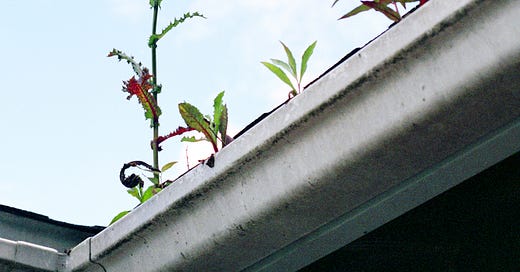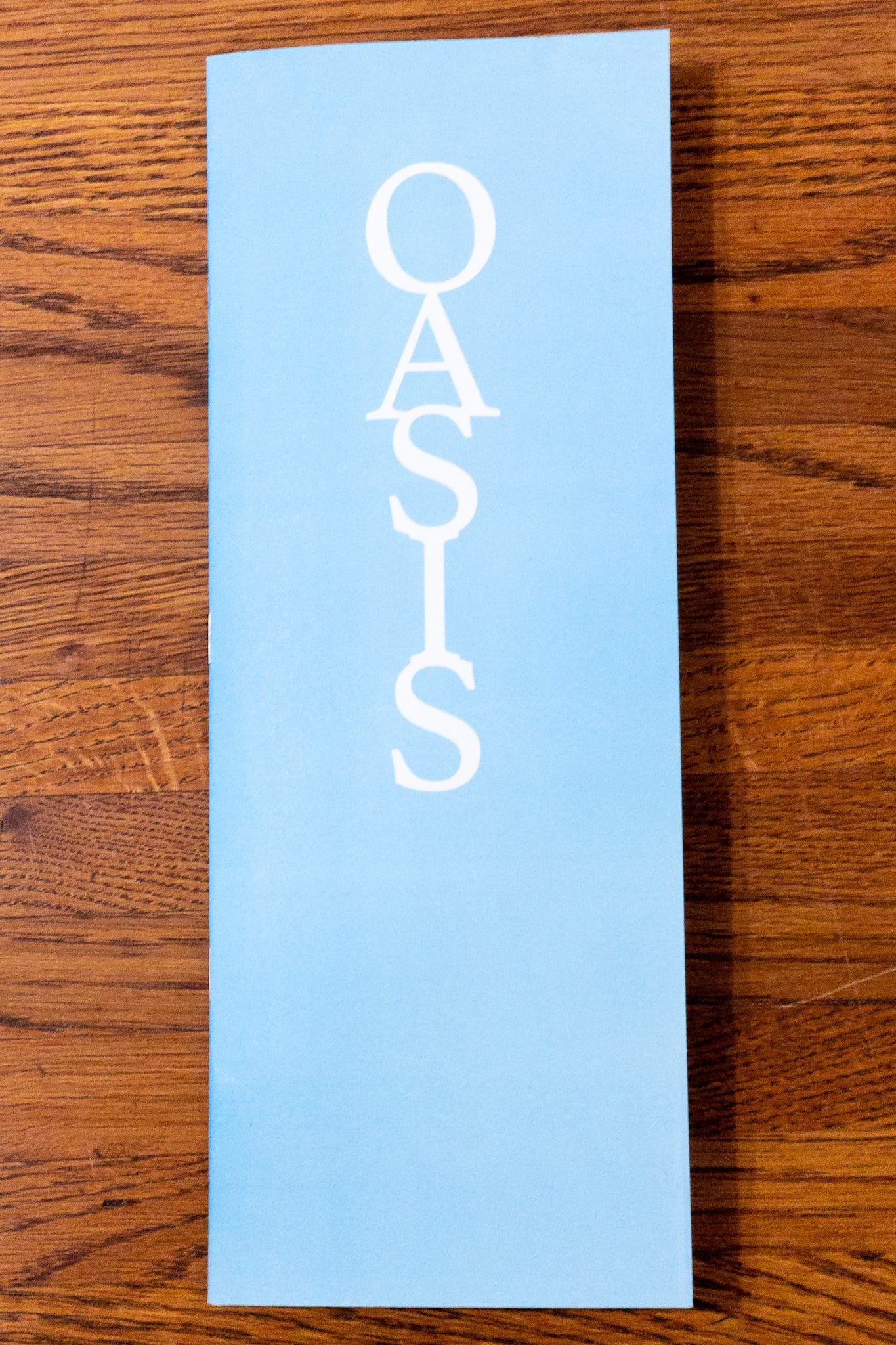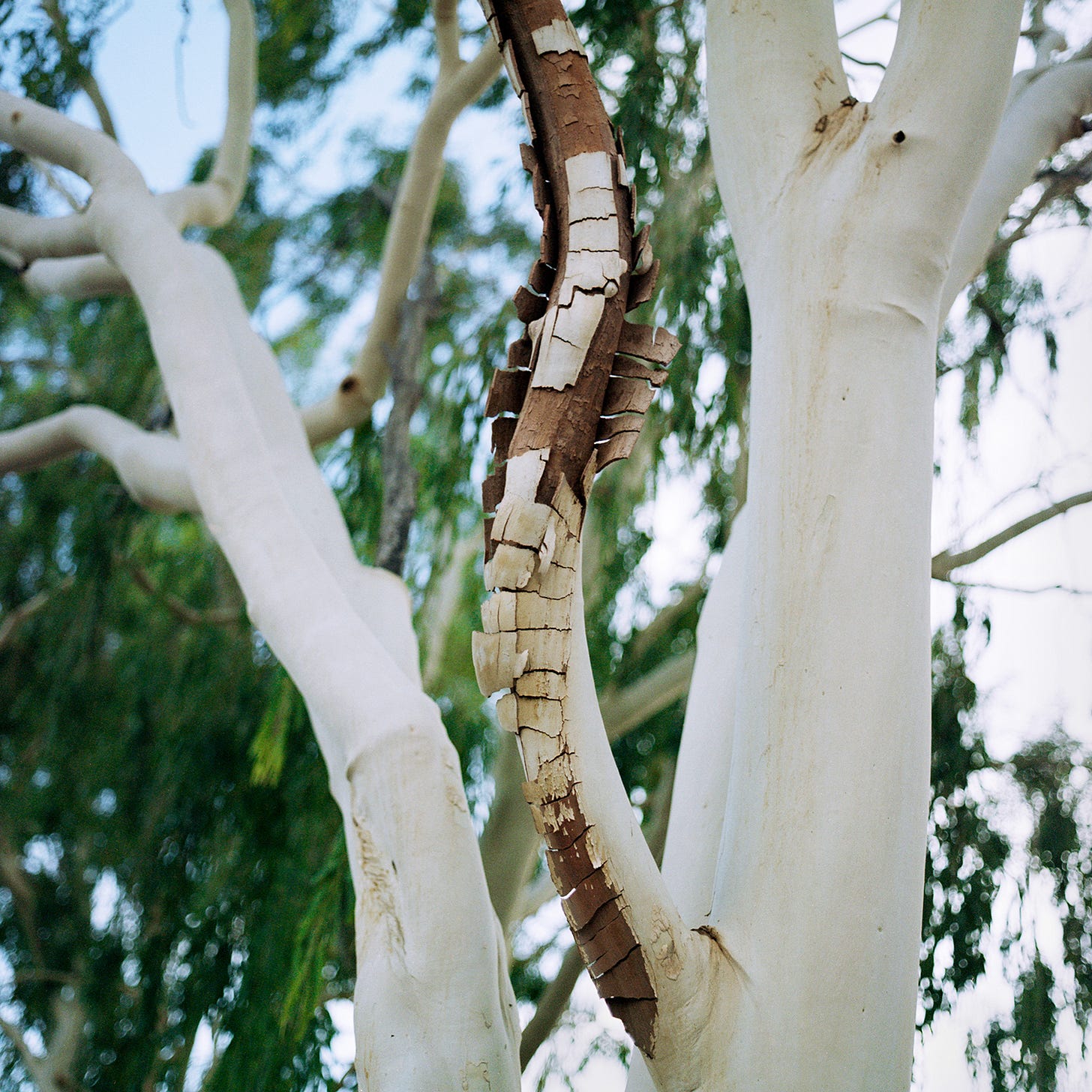While growing up, the only time I was ever really scared for my father’s life was when he was up on our roof, unharnessed, cleaning out sticks and leaves from the clogged gutters. I would hold the ladder for him to climb up and then hand him various instruments of plant-matter destruction, the whole time questioning the lack of any rope or safety cable, even though our house was only one story. I had seen The Santa Clause enough times to know that it only takes one little slip, even for a professional like Saint Nic. I never really understood back then why it was so important to clean out the gutters, or why my dad would risk his life to get this one job done. But I’ve since learned that clogged gutters can lead to serious water damage and flooding, so I guess it was worth the risk?
My help cleaning the gutters never extended past holding the ladder. I wouldn’t know where to begin if asked to do it today, and if I’m being honest, I’d probably be the one to fall off the roof. But there is another type of gutter I have come to know, and I struggle with it like my dad struggled with his gutters (though without the risk of bodily harm). I deal with the gutters in books, the place where two pages come together at the spine, where text disappears if it comes too close and images are sucked into warped oblivion. The gutter is always a consideration when designing a book - it demands to be a design element. Bisecting every two-page spread, the gutter is unavoidable. It can be handled in a number of ways, some of them more appealing than others.
Most books simply avoid the gutter, and move everything on the page a good ways away. This ensures that no information is lost when the book is bound and cannot lay flat or all the way open. This is easy with novels and textbooks and just about any book of mostly text, because we are used to reading one page at a time. Avoiding the gutter splits the two-page spread into two unique and very separate pages, which is actually a benefit when laying out a lot of information that will eventually require page numbers. The reader just about ignores the gap in between the pages, as the designer most likely intended.
But some books are designed not with single pages in mind, but as collections of two-page spreads. Many coffee table and photography books use the spread as their smallest unit; information runs from one page to the other, emphasizing the art or illustrations in one large, seamless design. Seamless, that is, besides the gutter. It takes a skilled book designer to run pictures or information across the gutter without the reader taking notice. They can draw our attention elsewhere on the page or they pick an unimportant aspect of the spread to sacrifice to the space in-between. It is hard to notice these little tricks that let a designer tread across the gutter. But it is always glaringly apparent when someone doesn't think about the gutter. A portrait becomes a grotesque and bisected Halloween mask when left in the gutter, and the nice straight lines of a landscape are completely lost when everything is being sucked into the spine of the book. It’s risky business dealing with the gutter, even if you’re not up on a roof.
When I design books, I usually avoid the gutter at all costs. I don’t have the design chops to really know when a spread works or doesn’t, and so I’ve always designed pages to stand on their own. The gutter lies peacefully between them and nothing is lost. This is how I’ve designed every book I’ve ever made of my own work.
Until now.
Introducing Arizona Road Dust Volume II – OASIS. A total of 48 pages with 18 pictures, all of which are split right down the middle, sitting right in the gutter. I had to get over my fear eventually. This book isn’t really about gutters or just an exercise in book design; it is the continuation of a project looking closely at the way people and life exists in human-impacted Arizona. I don’t want to give too much away. Making OASIS was a real joy, and I am proud of how the second book I designed, printed, and bound all by myself has turned out. Especially a book as unique as this one. Creating OASIS was about seeing what overflowed when I finally let those gutters clog.
If you would like to purchase a copy of OASIS or anything else I have for sale online, click here. I still have copies of some books in stock, as well as a sticker sheet made by my friend and coworker Nick. There are also digital editions available for books that have sold out of their physical editions. I am truly grateful for all the support I receive from all corners of this little community of followers, and I hope you enjoy what I continue to make.







As I read your post, I was transported back to my childhood, holding the ladder for my dad while he was looking inside the gutters. After a heavy rain, we discovered a small leak in our ceiling. It turned out the gutters were clogged, and it was a wake-up call for us to prioritize maintenance and we call the gutter cleaning company https://gouttieressaintjerome.ca to clean the gutters and they did a great job. Just like your journey with OASIS, sometimes we have to embrace the messy parts of life to create something beautiful. It struck me how similar this is to the challenges of book design, the gutter in a book can make or break the reading experience.
It’s a reminder that whether it’s keeping our homes or our stories in good shape, having the right support can make all the difference.